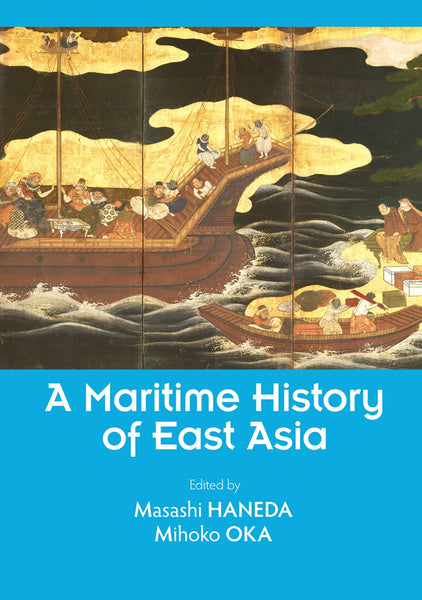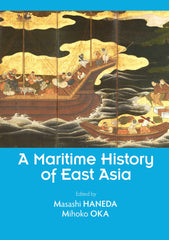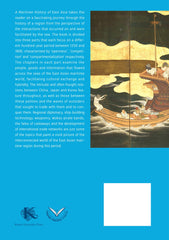A Maritime History of East Asia
Many In Stock
This book takes the reader on a fascinating journey through the history of a region from the perspective of the interactions that occurred on and were facilitated by the sea. The book is divided into three parts that each focus on a different hundred-year period between 1250 and 1800. The chapters in each part examine the people, goods, and information that flowed across the seas of the East Asian maritime world, facilitating cultural exchange and hybridity. The intricate and often fraught relations between China, Japan, and Korea feature throughout, as well as those between these polities and the waves of outsiders that sought to trade with them and to conquer them. Regional diplomacy, ship-building technology, weaponry, Wokou pirate bands, the fates of castaways, and the development of international trade networks are just some of the topics that paint a vivid picture of the interconnected world of the East Asian maritime region during this period.
About Editors and Authors
HANEDA Masashi
HANEDA Masashi is Professor of History at the Institute for Advanced Studies on Asia and Executive Vice President of the University of Tokyo. Formerly, he served as Director of the Institute of Oriental Culture (2009) and as Director of the Institute for Advanced Studies on Asia (2010–2012) at the University of Tokyo. His main research topics include global/world history, history of the East Asian maritime world, Islamic urban studies, Iranian history of the 16th–18th centuries and studies of European travel accounts on Persia. He has published a number of academic works in Japanese as well as in English, French and Chinese. He has received many prestigious awards, including the Mainichi Award for Publishing Culture (2002), the Asia-Pacific Award (2006), the Farabi International Award, Iran (2010), the Silver Award of Asia-Pacific Publishers (2010) and the Shiju Hosho (medal of honor with purple ribbon; 2017).
OKA Mihoko
OKA Mihoko is Associate Professor in the Graduate School of Interdisciplinary Information Studies, University of Tokyo. Her interests are broadly in the area of the maritime and economic history of East Asia in relation to European countries during the 16th to 17th centuries. She has also published numerous academic articles on the history of Christianity in Japan. Her main research interests and themes include Macao, Nagasaki, the Nanban Trade, Jesuits, Manila, the Red Seal Ship Trade, maritime history, merchants and the history of Christianity.
Table of contents
Figures
Tables
Photographs
Editors’ Biographies
Contributors to the English version
Acknowledgements
Preface to the English Edition
Prologue
Show More >
Figures
Tables
Photographs
Editors’ Biographies
Contributors to the English version
Acknowledgements
Preface to the English Edition
Prologue
Part 1: The Open Sea, from 1250 to 1350
1.1 General Overview
1.2 The Background to Maritime Interaction and Its Agents
1.3 Increased Openness: Maritime Merchants Expand Maritime Interactions
1.4 What Conflicts with the Mongols Wrought: Isolationism Within Openness
1.5 Traffic in Goods and Technology: Expanding the Field of Interaction and Mutual Exchange
Part 2: Competing for the Sea, from 1500 to 1600
2.1 General Overview
2.2 The Age of the Wokou: Transformations in the Structure of East Asian Trade
2.3 The Age of Maritime Merchants
2.4 Development of Diverse and Hybrid Cultures
Part 3: The Compartmentalized Sea, from 1700 to 1800
3.1 General Overview
3.2 Maritime Merchants and “Compartmentalization” Among Early Modern States
3.3 Compression and Concentration of Interactions and Residences
3.4 Trans-Oceanic Movements of Goods and Information
Bibliography
Historical Geography Index
Name Index
Subject Index


